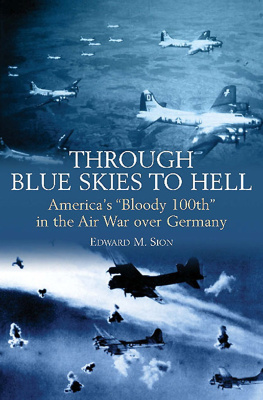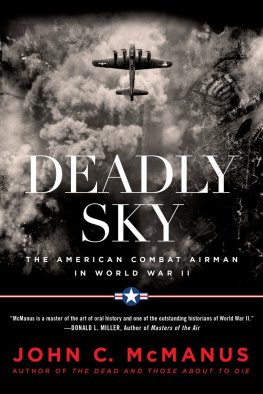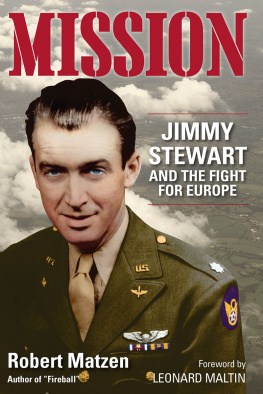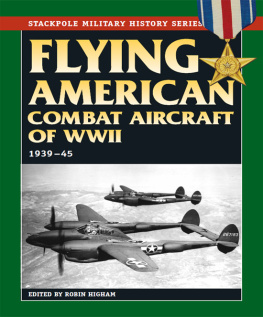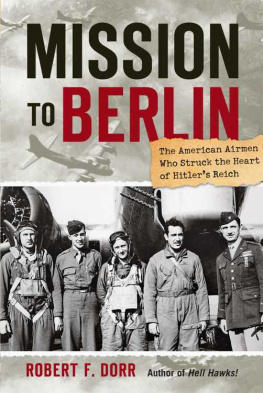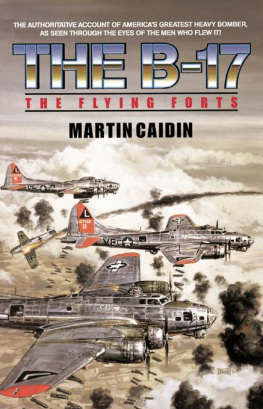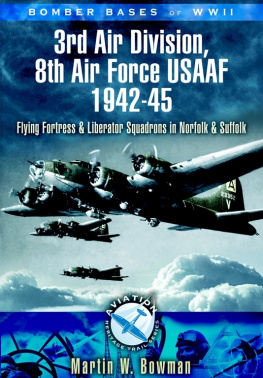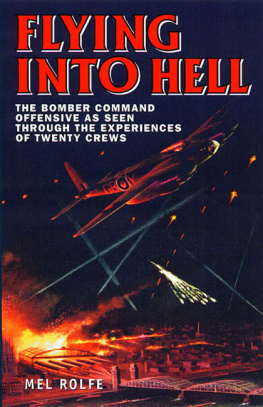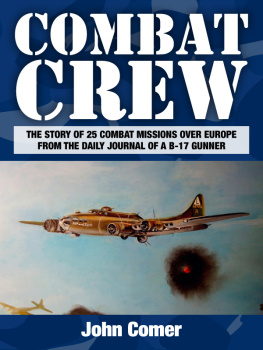

Published in the United States of America and Great Britain in 2011 by
CASEMATE PUBLISHERS
908 Darby Road, Havertown, PA 19083
and
17 Cheap Street, Newbury, Berkshire, RG14 5DD
Copyright 2008 Edward M. Sion
Reprinted January 2011
Paperback Edition: ISBN 978-1-935149-87-3
Digital Edition: ISBN 978-1-935149-96-5
Cataloging-in-publication data is available from the Library of Congress and the British Library.
All rights reserved. No part of this book may be reproduced or transmitted in any form or by any means, electronic or mechanical including photocopying, recording or by any information storage and retrieval system, without permission from the Publisher in writing.
Printed and bound in the United States of America.
For a complete list of Casemate titles please contact:
CASEMATE PUBLISHERS (US)
Telephone (610) 853-9131, Fax (610) 853-9146
E-mail: casemate@casematepublishing.com
CASEMATE PUBLISHERS (UK)
Telephone (01635) 231091, Fax (01635) 41619
E-mail: casemate-uk@casematepublishing.co.uk
This book is dedicated to my dear Mother, Mrs. R. Rae Sion (19162003), who inspired and encouraged me to write it, and to my Father and Uncles who served our nation in the Armed Forces during World War II: Michael E. Sion
(US Army Corps of Engineers, Aleutians Campaign, North Pacific) Edward G. Sion, MD
(US Army Medical Corps, Combat Surgeon, Western Europe) Richard R. Ayesh
(US Army Air Corps, Western Europe) Fred J. Ayesh
(US Army Air Corps, Guam, South Pacific) William A. Ayesh
(US Army Air Corps, Guam, South Pacific)
ACKNOWLEDGMENTS
In course of this project I was assisted by numerous individuals who generously devoted their time and shared their insights on the air war with me. First and foremost, I thank my Uncle, Richard R. Ayesh. Without his combat diary, expertise, advice and guidance, this book would never have been written. I am deeply grateful to Gene Jensen, the pilot of my Uncles crew, who kindly and generously made available his unpublished memoirs (The Chronicles of Gene) relating his war experiences and stories of the many close calls experienced by his crew. I would also like to thank co-pilot Jim Millet for his interest and shared insights on life at Thorpe Abbotts as well as reminiscences of the missions.
I am profoundly grateful to my publisher David Farnsworth and to my editor Steven Smith for their decision to publish the book and for their enthusiastic interest, patience, support and guidance during the entire process. I also thank Ms. Tara Lichterman of Casemate Publishing for her always cheerful assistance.
I am deeply indebted to my friend Jason Homer, illustrator and computer graphics expert who was responsible for many of the maps and illustrations in the book, and to his wife, Jackie Zavodnick, MD, for her unceasing encouragement and patience during the time-consuming effort required to complete the work.
In the United Kingdom, I owe an immense debt of gratitude to Ron and Carol Batley, the curators of the 100th Bomb Group Memorial Museum at Thorpe Abbotts for their kind hospitality and insights during my visit to Thorpe Abbotts. It is a pleasure to gratefully acknowledge the extensive help of Mr. Tom Oakley, a volunteer at the Museum, who generously and enthusiastically shared his insights, vast store of knowledge and local anecdotes about the 100th Bomb Group, war-time civilian life in the UK generally and in East Anglia specifically (including his own) and many details of the always dangerous assembly into formation off the English coast, as well as wartime incidents at the base.
In the United States, many friends and colleagues have assisted me in the completion of this book.
First, I am pleased to extend my deepest gratitude to Michael Faley, Official Archivist and Historian of the 100th Bomb Group Memorial, and Mr. Jack OLeary for sharing their encyclopedic knowledge of the air war and every aspect of the 100th Bomb Group. They have both given unselfishly of their time to help make this book a reality. I am indebted to Ms. Jan Riddling, archivist and historian of the 100th Bomb Group for providing her insights and expertise, especially on ground crews and for her willingness to serve as a reviewer. I am deeply grateful to Ms. Susan Whitney for her expert advice on writing, organization, and early editorial assistance.
It is a pleasure to thank my colleagues who shared their book publishing experiences and offered much encouragement and insight, usually within local establishments consuming various libations. Among these individuals are Professors William Wagner, and Lawrence Stepelevich, and Dr. Robert Stokes at Villanova University and Dr. Jay Holberg at the University of Arizona. I thank Mr. Jon Seal and Mr. Andreas Parsch for their kind permission to quote their unpublished material. I am indebted to Mr. Fred Preller for making available his expertise on the air war and pointing me to much useful and rare material on operational activities at High Wycombe. I thank the personnel at the National Archives Still Photo Division in College Park, Maryland, especially Rutha Beamon, for their kind assistance with archival photographic materials.
Last but not least, I thank my loving and supportive family who encouraged me every step of the way. I thank my daughter Melanie, a medical student at Georgetown University, who digitized my uncles diary from beginning to end, remarking along the way, Dad, going through this diary is like watching a movie. I thank my son Michael, an MBA student at Penns Wharton School, for his continual interest and his expert assistance with formatting, organization and the intricacies of Microsoft Word. My wife Miriam has been an unswerving source of encouragement and advice throughout the process and helped compile the endnotes.
PREFACE
How did a research scientist and professor who never served in the military manage to write a book on the air war over Europe in World War II? Well, I was a born and reared in Wichita, Kansas, where it was commonplace to continually see aircraft of all types in the skies. After all, Wichita was the home of many civilian and military aircraft production facilities, from Cessna, Beech and Lear to the giant Boeing plant and McConnell Air Force Base.
But a key event that most profoundly influenced my future intellectual life occurred when my parents moved to Atlantic City, New Jersey just after I was born and my father had been discharged from the Army (where he served in the Aleutians campaign). He commuted to work in Philadelphia while my parents cared for my great uncle, Rev. Paul Sion, who had retired from the Catholic Priesthood and lived in the house next door. One day, my parents bought a set of encyclopedias from a door to door salesman published by The Grolier Society and called The Book of Knowledge. These books absolutely ignited an unrelenting passion for both science and history that has stayed with me to this day.
Moving back to Wichita when I was six years old, I grew up hearing my Mother often telling me of my Uncle Richards wartime experiencesof the time he was missing in action, of the anxiety the family went through, and of the horrible things he witnessed but never talked about. My Mother told me never to bring it up to him and I never had the nerve to do so until the year 2000, 55 years after the wars end, when the whole country seemed to awaken to the sacrifices and courageous deeds of the Greatest Generation, the one that saved the world. At that time, I sent him an e-mail containing a long list of questions about his service as a bombardier on a B-17 bomber in the 349th Bomb Squadron, 100th Bombardment Group, 13th Combat Wing, 3rd Air Division of the Eighth Air Force. He told me about a diary he had kept right after each combat mission and let me photocopy it as well as many of his wartime photographs and documents.

